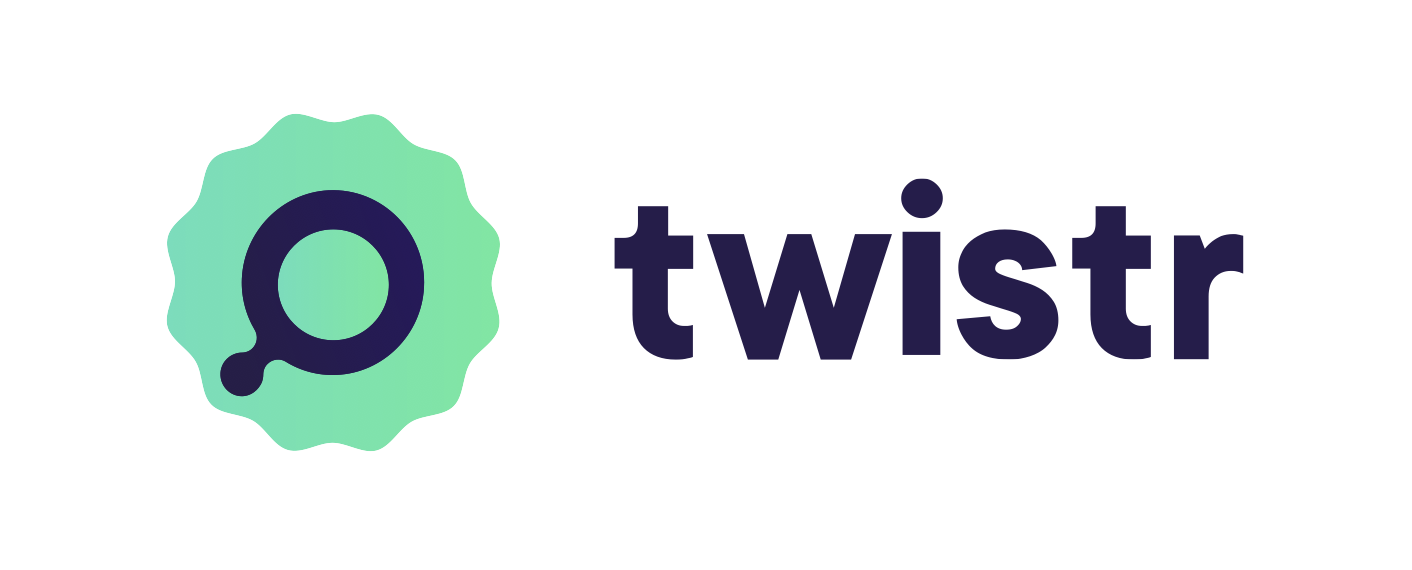Global markets have slowed in the recent tech downturn, and so too has venture capital activity, falling by 61% in Europe in the first half of 2023. This has made investors more risk-aware and more cautious with their money, but that doesn’t mean they should dismiss disruptive startups. Risk is an inherent part of VC — it powers innovation, diversity and, ultimately, bigger returns.
Independent investors are particularly well-positioned as they don’t have to operate within corporate frameworks, where heightened risk can close the door to early-stage startups in a downturn. These investors still have to conduct due diligence, but they have more flexibility to converse with founders, define their own tolerance for risk and begin building relationships with untapped companies they might invest in.
Here’s why understanding risk in a downturn is important — as told by investors and founders who’ve been risky in the current (and previous) economic uncertainty.
Solving a real problem negates risk
The nucleus of any startup should be the solution to a real-world problem that people have. Especially in a downturn, as it neutralises some of the risk around a startup by giving it a meaningful purpose in and beyond the crisis.
Alexandre Garese, an investor with a track record of backing successful ventures at an early stage, says “you don't need all the answers and a hockey stick path to valuation figured out, but you do need to know that what you are supporting responds to a legitimate need in a way that will create value”.
For example, Vlad Oliinyk, cofounder and head of strategy and product development at travel startup Twistr (backed by Garese), says that the company navigated risk by concentrating on a simple idea that was applicable to everyone.
“When we first pitched Twistr [to investors], we had a 15-page deck based on a real problem and trust,” he says, adding it was the problem — flight prices that increased according to users’ location, language and internet connections — that resonated most strongly with VCs (partly because they’ve experienced booking flights and overpaying).
A year after Twistr’s first fundraising round, the pandemic hit and international travel was widely suspended. Oliinyk remembers that the majority of investors told the team to stop dreaming big and to stay humble during the turbulence. Twistr responded by honing in on its domestic market and generating revenue that could support operational expenses.
“[We took] small local steps to reduce the risk of the company. By prioritising revenue streams to cover our bills, we could survive, and we had more space, time and energy for creative ideas to continue solving the real problem we were addressing.”
The onset of the pandemic and travel pause made Twistr more risky as an investment, but ironically the demand for flights on the other side of the crisis has boosted the company’s value. By focusing on a problem that was so real it remained after the pandemic, Twistr not only negated its risk, it became a smarter bet for VCs.
A lesson in healthy startup relationships
VCs and startups always need to be transparent and have good communication with one another, but in a downturn that partnership matters even more.
“Nothing derisks an investment more than having a healthy relationship with founders,” says Laura González-Estéfani, founder and CEO of TheVentureCity. “Conservative companies don’t disrupt the status quo; some other businesses will, and if investors miss those, they won’t see returns on their fund(s).”
Taking risks to back winners is more art than science
But to reap those returns, investors have to double down on the relationships they form with startups. González-Estéfani recommends that investors analyse the scope of teamwork from the get go, asking questions like: would I work for them? Are they inspirational and at the same time rational? Would they be a talent magnet for better talent than themselves? Is the founder a generalist or a specialist? (Generalists are better at overcoming more varied obstacles, she says.)
“Taking risks to back winners is more art than science,” adds Garese. “When investing in early-stage companies, one fundamentally invests into three main things: the people, the technology and potential growth and monetisation.”
He reminds VCs that they have to equip startups with the necessary tools to maximise success, as well as provide strategic guidance, operational support and access to a network of potential partners and customers. “In other words, an ecosystem,” he says. The result is sharper relationship-building skills for VCs — as well as opening the door to bigger returns.
(Calculated) risk brings rewards
Often, risk is seen as a negative connotation but it can be a positive factor, especially considering that where there is no risk, an investment can easily become rent.
“A startup can only be ‘too risky’ when it is a bad investment or a bad idea,” says Garese.
For instance, Garese invested in travel and mobility startups during the Covid pandemic — specifically Twistr’s flight search engine and ZeroAvia, a company producing hydrogen-powered airlines.
“I saw that the need to make the aviation sector more sustainable outweighed limitations imposed by lockdowns and economic downturns,” says Garese. He also notes that investing vertically across a sector — as he did with hydrogen — can bring great dividends because it teaches investors what the key drivers are in a field, and offers a complete view of the value chain.
Naturally, investment is a long game and VCs have to be patient and prepared that not all bets will pay off. Still, González-Estéfani says that of the high-risk deals backed, 50% have proven to be extraordinary.
“Calculated risk-taking encapsulates entrepreneurial freedom and must be maintained regardless of market conditions if the right opportunities exist,” says Garese.




